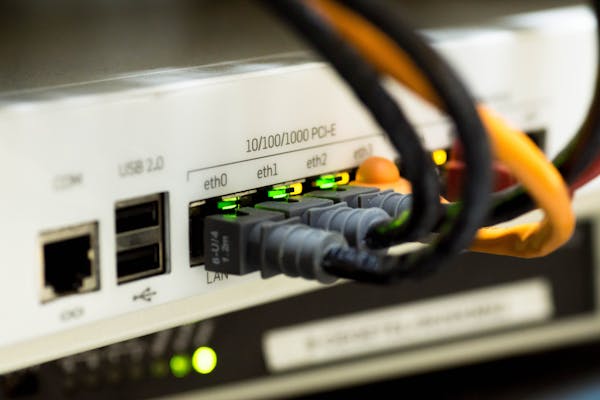In today's interconnected world, computer networking plays a pivotal role in facilitating communication, data sharing, and collaboration. It is the backbone of our digital infrastructure, enabling individuals and organizations to connect and access resources across the globe. In this blog post, we will explore the fundamentals of computer networking, its benefits, key components, and its significance in our modern society.
What is Computer Networking?
Computer networking refers to the practice of connecting computers and other devices to facilitate the exchange of data and resources. It involves the design, implementation, and maintenance of hardware, software, and protocols that enable communication between devices, such as computers, servers, routers, and switches. Computer networks can be as small as a local area network (LAN) within a single building or as vast as a wide area network (WAN) spanning across multiple locations.
The Benefits of Computer Networking
Computer networking offers numerous benefits to individuals and organizations:
- Resource Sharing: Networking allows for the sharing of resources such as files, printers, and internet connections, maximizing efficiency and reducing costs. Users connected to the network can access shared resources and collaborate seamlessly.
- Communication and Collaboration: Networking enables instant communication and collaboration among individuals and teams. Email, messaging platforms, video conferencing, and shared documents enhance productivity and foster innovation.
- Data Sharing and Centralized Storage: Networks facilitate the sharing and centralized storage of data, making it easier to access, update, and backup information. This improves data management, security, and accessibility.
- Increased Efficiency: Networking streamlines processes by automating tasks, enabling remote access to systems, and facilitating efficient data transfer. This leads to improved productivity, reduced manual efforts, and faster decision-making.
- Enhanced Flexibility: Computer networks provide flexibility in terms of device connectivity and mobility. Users can connect wirelessly, access information from different locations, and work remotely, enabling a more flexible and agile work environment.
Key Components of Computer Networking
Computer networking involves several key components that work together to enable seamless communication and resource sharing:
- Network Devices: These include routers, switches, hubs, and access points, which enable the transmission and routing of data between devices within a network. Routers direct traffic between different networks, switches facilitate communication between devices within a network, hubs extend network connections, and access points enable wireless connectivity.
- Network Protocols: Protocols define the rules and standards for data transmission and communication within a network. Examples include TCP/IP (Transmission Control Protocol/Internet Protocol), Ethernet, Wi-Fi, and HTTP (Hypertext Transfer Protocol).
- Network Topologies: Network topologies define the physical or logical arrangement of devices within a network. Common topologies include bus, star, ring, mesh, and hybrid, each with its own advantages and disadvantages.
- Network Security: Network security measures protect networks from unauthorized access, data breaches, and malicious activities. This includes firewalls, encryption, virtual private networks (VPNs), and intrusion detection systems.
The Significance of Computer Networking
Computer networking is of significant importance in various aspects of our modern society:
- Business and Organizations: Networking allows businesses and organizations to streamline operations, enhance communication, and facilitate efficient collaboration. It enables the sharing of resources, access to centralized information, and improved customer service.
- Education and Research: Computer networking empowers educational institutions and researchers to connect, collaborate, and share knowledge globally. It facilitates e-learning, remote education, and access to vast online resources.
- Telecommunications: Networking forms the backbone of telecommunications, enabling phone and internet services, video conferencing, and VoIP (Voice over Internet Protocol) communication.
- Internet and Cloud Computing: The Internet is a vast network of interconnected computer networks. It enables global communication, information sharing, online services, and access to cloud computing resources.
Conclusion
Computer networking is the foundation of our digital world, connecting devices, enabling communication, and facilitating the seamless exchange of information. It empowers individuals, businesses, and organizations to collaborate, share resources, and access a wealth of information. Understanding the fundamentals of computer networking helps us appreciate its significance and leverage its benefits to thrive in today's interconnected society.

Comments
Post a Comment